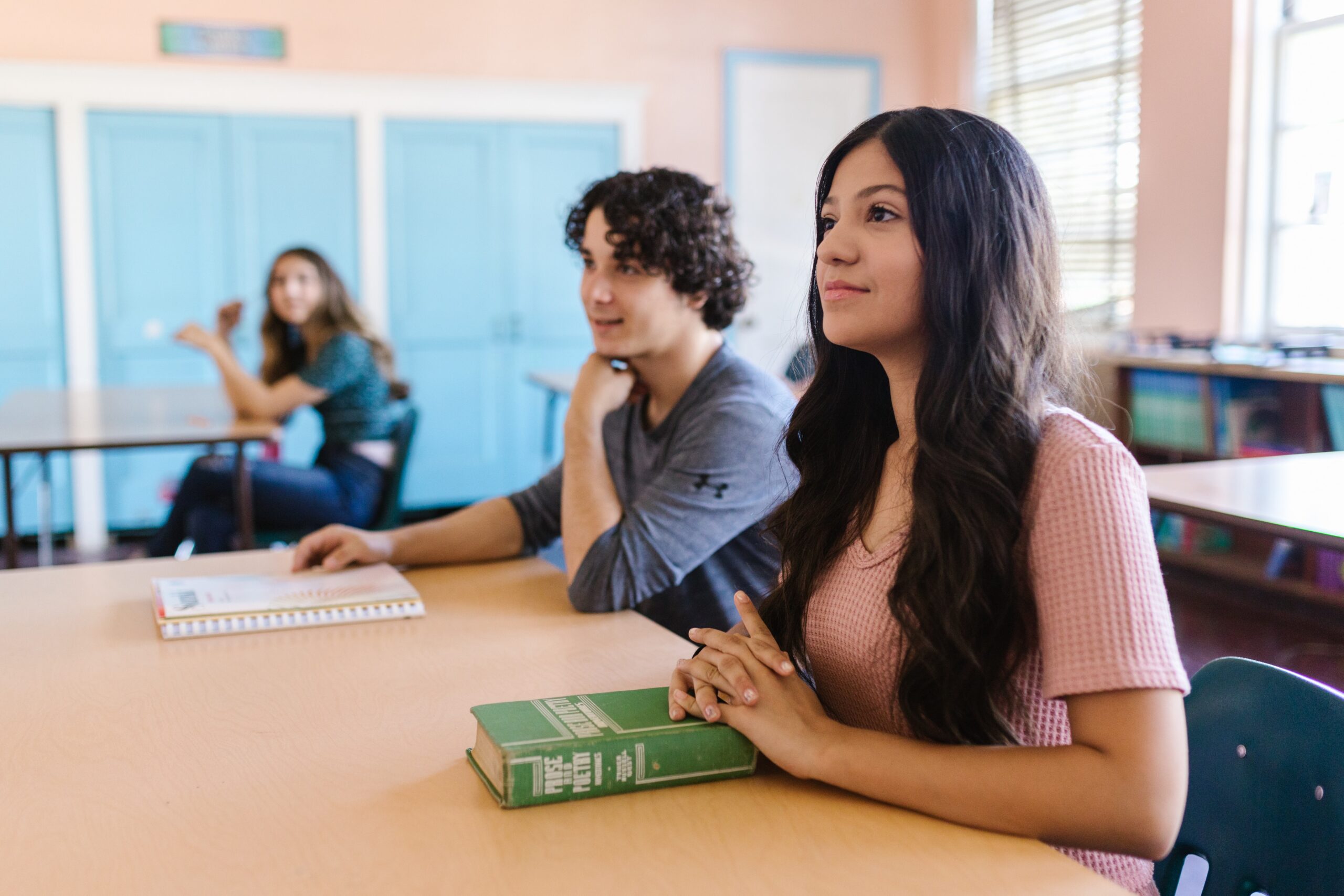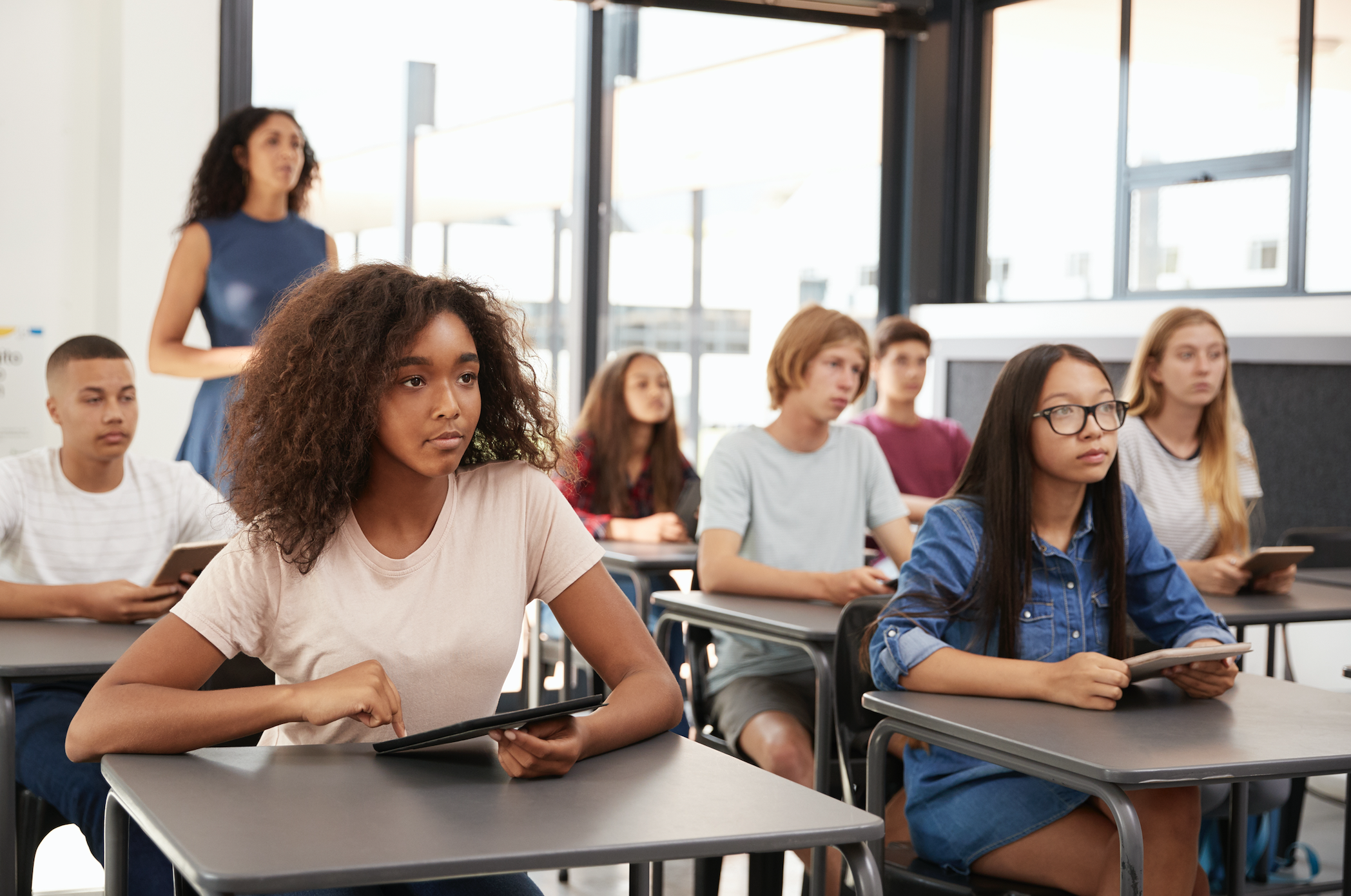
How to Help Students Become Objective Rather than Obsessive
By: Tim Elmore
If you met Kayla, you wouldn’t know she was distraught. She smiles a lot. She dresses sharp. She makes A’s and B’s in school, and she’s got quite a following on Instagram. When I met her, I assumed she was on top of the world. I would’ve never predicted she was panicking every day.
Her mother asked if I could meet with her to talk about getting help. It was only after a hard conversation that I discovered the root of her problem: she suffered from obsessive thoughts. One example from this past school year is:
- Kayla texted her friend Alyx…who didn’t get back to her for hours.
- Kayla began obsessing over this idea: what if Alyx has been abducted?
- Kayla realized this is a farfetched notion so she put the thought to rest.
- Kayla soon began to be obsessed over Alyx’s absence the rest of the day.
- Kayla couldn’t focus on her schoolwork because of her preoccupation with Alyx.
Obsessing over people, desires or worries is quite common today. Given our “instant-access, on-demand” culture, our brains are not used to going hours without answers. So, we ruminate on uncertainties until we’re anxious and even panicking. In short, uncertainties breed dissatisfaction, which launches rumination. It can wreak havoc. “Rumination can be a problem because it rarely offers new insights or solutions on how to handle a situation,” writes psychotherapist Jodee Virgo for The Everygirl. “Instead it emotionally hijacks us and intensifies our negative feelings.”

Just What is Obsessive Thinking?
According to journalist Renee Fabian,
“Obsessive thinking is a series of thoughts that typically recur, often paired with negative judgements. Many times there is an inability to control these persistent, distressing thoughts and the severity can range from mild but annoying, to all-encompassing and debilitating. These thoughts can be unflattering self-judgements such as ‘I’m not good enough,’ to worry over small details like forgetting to turn off the oven or lock the door, to more serious ruminations such as fear of falling fatally ill or hurting loved ones.”
In students today, obsessive thoughts can take the form of Kayla’s. Teens can obsess over friends, lovers, academic performance, or even last week’s game. Because we now have the ability to “repeat” viewing videos or reading messages, it’s worse today. Our smartphones now enable obsessions.
What can we do to help our students?
How to Help Students Move From Obsessive to Objective
The research on this is clear and compelling. One answer to obsessive thinking is within all of our reaches. It’s a practice I recommend in my book, The Pandemic Population. It is also something I tried to teach my children as teenagers:
Psychological Distancing.
“Psychological distancing is the ability to take a step back and reflect on our circumstances from a more objective perspective, outside of ourselves,” explains Ethan Kross, Ph.D., one of the world’s leading experts on controlling the conscious mind. He calls this type of internal dialog “chatter.”
During the pandemic, I witnessed students slipping into anxiety and depression. Many of them were student leaders who were usually able to set a good example for others. Without calling attention to their mental state, I frequently asked them this question: “If your best friend was feeling anxious or was obsessing over a problem, what advice would you give them?” Inevitably, they’d have some wise counsel. At that point, I’d smile and tell them to go look in a mirror and offer that same advice to the person staring back at them.
This is one example of psychological distancing.
“What we know from scientific research is that taking a step back leads to a more objective perspective,” Ethan Koss says. “It’s hard to do that when we’re so immersed in emotion.”
In one scientific study Dr. Kross conducted, he asked a group of respondents to replay an upsetting memory in their minds. Then, he asked another group to do the same, except from a bystander’s position. Afterward, both groups were asked to work through their feelings from the viewpoint they took. While the first group stayed trapped emotionally, zeroing in on their hurt and anger, the second one reported seeing the situation more clearly and said they felt better emotionally. Amazing. What if we could equip our students to be objective like this?
Why This is Vital to Our World
Practicing psychological distancing is not a luxury but a necessity. Because we live in a society of instant gratification, our brains tend to react more than reflect. Every message our brains receive from our spinal cord must migrate through the limbic system before reaching the frontal lobe. Too often, those messages don’t get to the rational portion of our brains because we’re too busy emoting. We react from our “feelings” more than our logic. Obsessive thinking is but one example of this.
In practicing psychological distancing, we catch those messages while they’re in the “feelings” stage, and we help them move into the logic stage. The goal is to help students like Kayla learn to do this.
Kayla has, in fact, begun to learn the art of psychological distancing. When I see her, I witness a more steady, level-headed, and happy teen who’s able to offer wise counsel to both her friends and herself. May her tribe increase, and may we continue to raise up young people like her.






